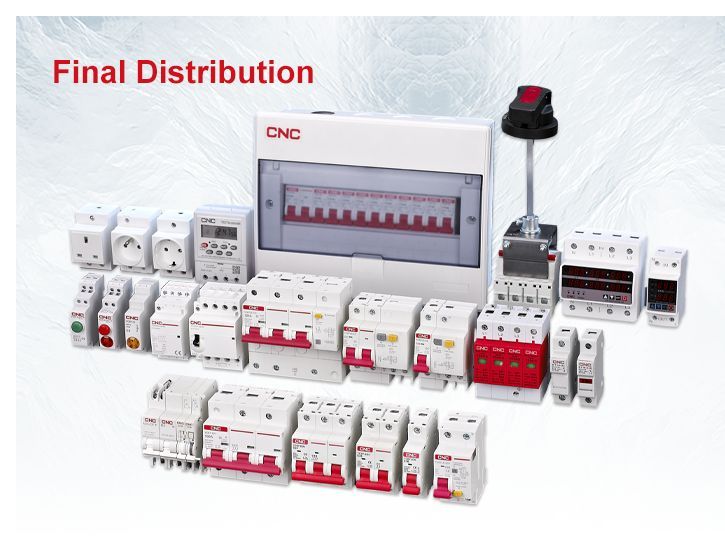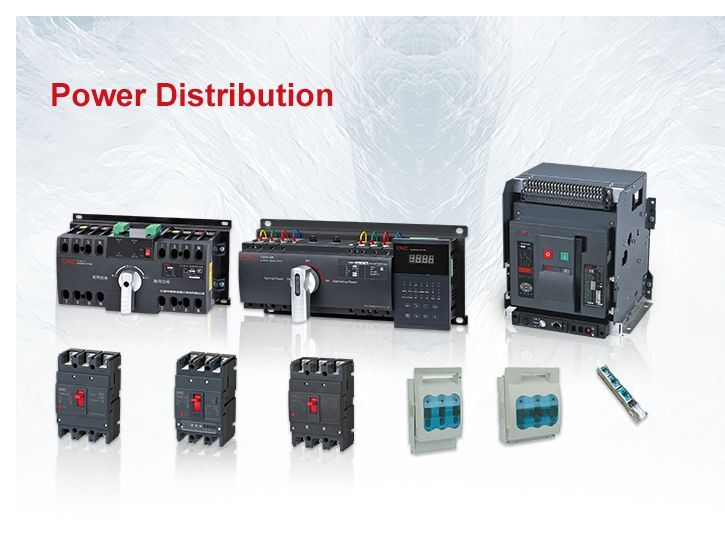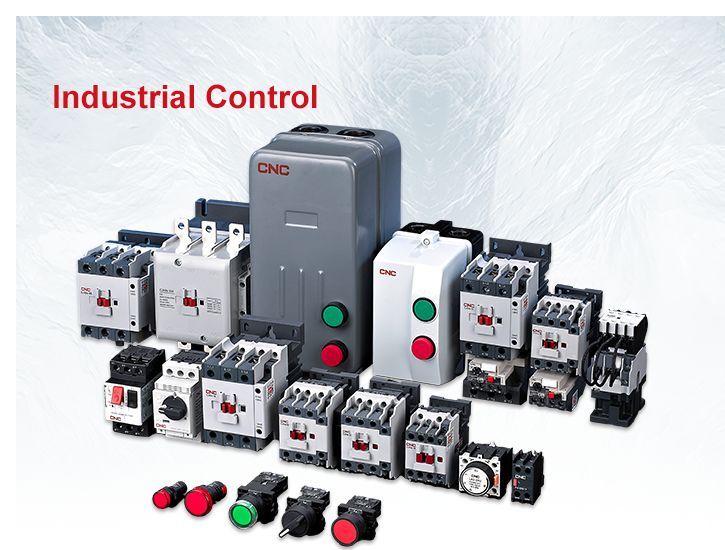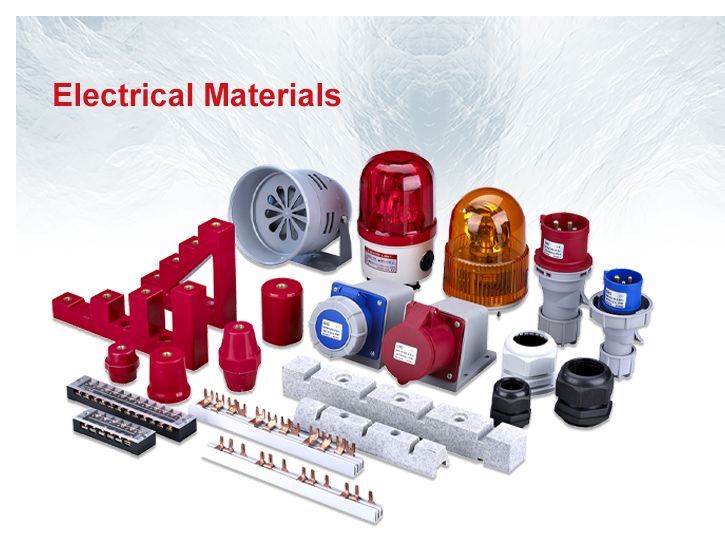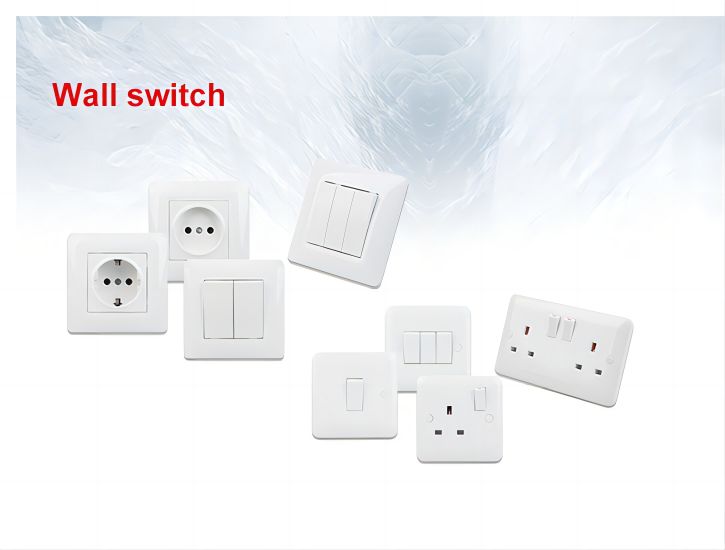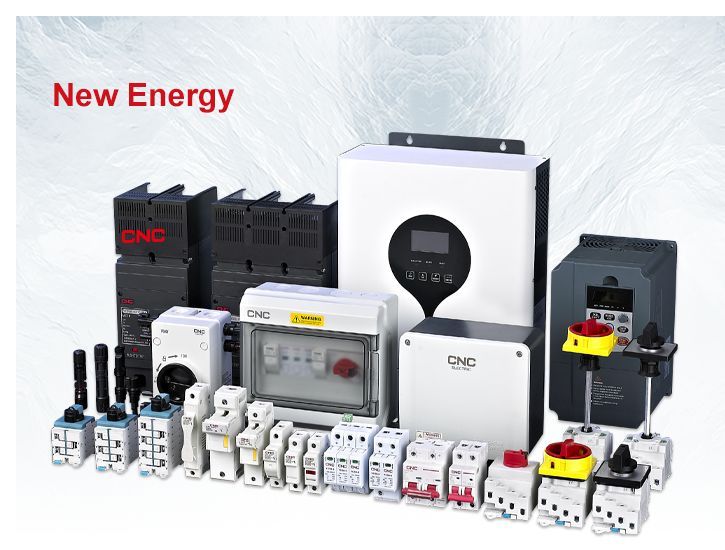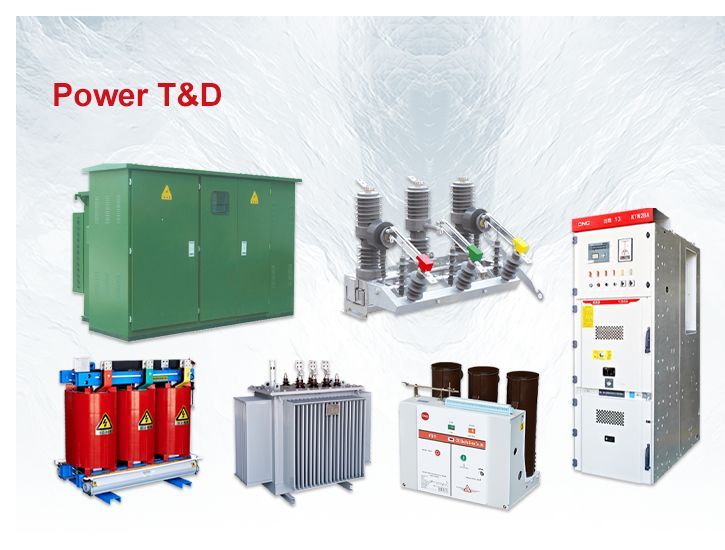In the electrical industry, the terms “high voltage,” “low voltage,” “strong current,” and “weak current” are often used, yet they can be confusing even to professionals. I’ve always wanted to take some time to clarify the relationships between these concepts, and today, I’d like to share my personal understanding. If there are any inaccuracies, I welcome feedback from experts
(1)Definitions of High Voltage and Low Voltage
According to the former national industry standard "Electric Power Safety Work Regulations," electrical equipment is classified as either high voltage or low voltage. High voltage equipment is defined as having a ground voltage above 250V, while low voltage equipment is defined as having a ground voltage of 250V or less. However, the new national grid corporate standard "Electric Power Safety Work Regulations" states that high voltage electrical equipment has a voltage level of 1000V or above, and low voltage equipment has a voltage level below 1000V.
Although these two standards differ slightly, they essentially cover the same ground. The national industry standard refers to ground voltage, i.e., phase voltage, while the corporate standard refers to line voltage. In practice, the voltage levels are the same. The modification in the State Grid Corporation's corporate standard regarding the definition of voltage is based on the "General Principles of Civil Law" (Article 123) and the "Supreme People's Court's Interpretation on the Handling of Cases Involving Electrical Injuries." It states that voltage levels of 1000V and above are considered high voltage, while those below 1000V are low voltage.
The existence of two standards is largely due to the separation of government and enterprise functions. After this separation, the State Grid Corporation, as an enterprise, did not have the authority to issue industry standards, and government agencies lacked the time and resources to develop new standards, leading to a delay in technical standard updates. Within the State Grid system, the corporate standard must be followed, while outside the system, the existing industry standard remains in effect.
(2)Definitions of Strong Current and Weak Current
"Strong current" and "weak current" are relative concepts. The primary distinction lies in their applications rather than purely in voltage levels (if we must define by voltage, we might say that voltages above 36V—the safe voltage level for humans—are considered strong current, and those below are considered weak current). While they are interconnected, they are distinguished as follows:
Strong current deals with energy (electric power), characterized by high voltage, high current, high power, and low frequency. The main focus is on reducing losses and improving efficiency.
Weak current primarily deals with information transmission and control, characterized by low voltage, low current, low power, and high frequency. The primary concern is the effectiveness of information transmission, such as fidelity, speed, range, and reliability.
Here are some specific differences:
- Frequency: Strong current typically operates at a frequency of 50Hz, known as the "power frequency," while weak current often involves high or very high frequencies, measured in KHz (kilohertz) or MHz (megahertz).
- Transmission Method: Strong current is transmitted via power lines, while weak current can be transmitted via wired or wireless methods, with wireless transmission relying on electromagnetic waves.
- Power, Voltage, and Current: Strong current power is measured in KW (kilowatts) or MW (megawatts), voltage in V (volts) or KV (kilovolts), and current in A (amperes) or kA (kiloamperes). Weak current power is measured in W (watts) or mW (milliwatts), voltage in V (volts) or mV (millivolts), and current in mA (milliamperes) or uA (microamperes). As a result, weak current circuits can be made using printed circuit boards or integrated circuits.
While strong current includes high and medium-frequency equipment, it operates at higher voltages and currents. However, with advancements in modern technology, weak current has increasingly influenced the strong current field (e.g., power electronics, wireless remote control). Despite this, these are still distinct categories within strong current, focusing on different aspects of electrical systems.
Relationship Between the Four Concepts
In summary:
High voltage always includes strong current, but strong current does not necessarily imply high voltage.
Low voltage encompasses weak current, and weak current is always low voltage.
Low voltage does not necessarily mean strong current, and strong current does not necessarily equate to low voltage.
Post time: Aug-28-2024

 Projects
Projects.jpg) Solutions
Solutions Services
Services News
News About Us
About Us